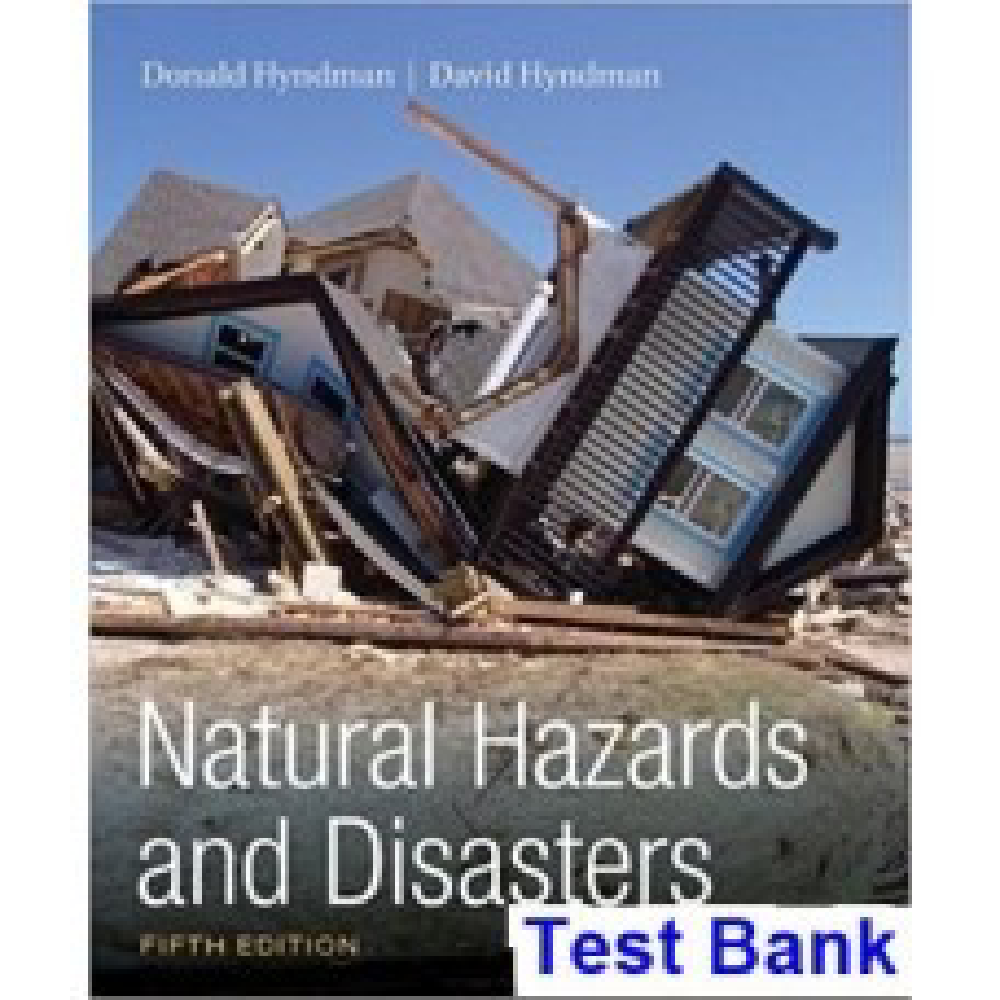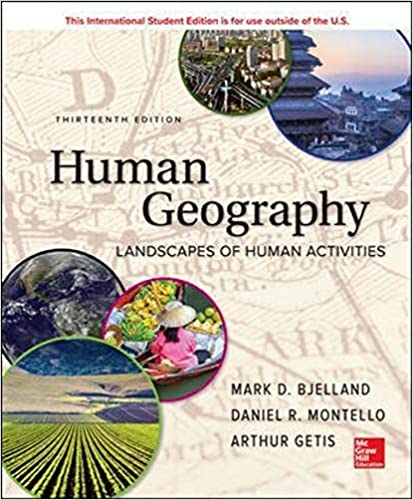1. Researchers estimate that black carbon may account for about one-half of all global warming.
a. True
b. False
ANSWER: False
REFERENCES: Earth’s Climate History
KEYWORDS: Bloom’s: Remember
2. Major eruptions of volcanoes emit large amounts of CO2 and CH4, but their total contribution to atmospheric levels is small.
a. True
b. False
ANSWER: True
REFERENCES: Earth’s Climate History
KEYWORDS: Bloom’s: Remember
3. Tree-ring patterns from desert areas are not useful for climate studies because moisture is more determinative for tree growth than temperature.
a. True
b. False
ANSWER: True
REFERENCES: Earth’s Climate History
KEYWORDS: Bloom’s: Remember
4. The amount of solar radiation reaching the top of Earth’s atmosphere changes in 30-year cycles.
a. True
b. False
ANSWER: False
REFERENCES: Earth’s Climate History
KEYWORDS: Bloom’s: Remember
5. Natural gas was the largest fuel source in the United States in 2013.
a. True
b. False
ANSWER: False
REFERENCES: Earth’s Climate History
KEYWORDS: Bloom’s: Remember
6. Incoming solar radiation is short-wave, while radiation outward from the Earth is long-wave.
a. True
b. False
ANSWER: True
REFERENCES: Principles of Climate
KEYWORDS: Bloom’s: Remember
7. Decreasing SO2 pollution, which contributes to acid rain and respiratory diseases, will decrease the rate of global warming.
a. True
b. False
ANSWER: False
REFERENCES: Principles of Climate
KEYWORDS: Bloom’s: Remember
8. Non-greenhouse gases make up more than 99.9% of the dry atmosphere.
a. True
b. False
ANSWER: True
REFERENCES: Principles of Climate
KEYWORDS: Bloom’s: Remember
9. An expanding sunspot reduces solar radiation.
a. True
b. False
ANSWER: False
REFERENCES: Principles of Climate
KEYWORDS: Bloom’s: Remember
10. The amount of water vapor in the clouds contributes to changing albedo.
a. True
b. False
ANSWER: True
REFERENCES: Principles of Climate
KEYWORDS: Bloom’s: Remember













Reviews
There are no reviews yet.